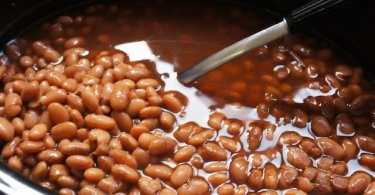The kestrel, a diminutive bird of prey, belongs to the Falconidae family.
Below is an elaborate description of this fascinating creature:
1. Physical Traits
Size: Kestrels measure approximately 30-40 cm in body length, sport a wingspan of about 75-85 cm, and weigh between 150-300 grams. The females slightly outweigh their male counterparts.
Plumage: Their upper body displays a typical brown hue, adorned with black spots and markings on their back and wings. The belly boasts a lighter shade, either orange or white, while a distinct bluish-gray patch adorns the crown of the head.
Facial Distinctiveness: Kestrels sport a distinctive facial feature, characterized by a black "mustache" extending from their eyes to their cheeks.
Wing Shape: Their wings are notably elongated and pointed, well-suited for swift, high-speed flight and precision during swooping predatory maneuvers.
Flight Abilities: Kestrels exhibit remarkable aerial prowess, capable of hovering gracefully in mid-air to surveil their prey before executing rapid dives to capture it.
2. Distribution and Habitat
Kestrels are widespread, gracing Europe, Asia, Africa, and Australia with their presence. These resourceful birds thrive in diverse landscapes, including open countryside, grasslands, farmlands, coastal regions, mountains, and even peri-urban zones.
Remarkably adaptable, kestrels flourish in various environments, demanding only adequate food resources and suitable nesting locations.
3. Behavior and Diet
Kestrels, carnivorous raptors, primarily feed on small mammals such as rodents, as well as birds and insects. Their hunting style often involves hovering in mid-air, diligently scanning the surroundings for potential prey, followed by swift and precise dives to secure their target.
Furthermore, they display ground-hunting skills, capturing insects and other ground-based food sources.
4. Breeding
Kestrels typically select nesting sites in trees, on rocky cliffs, or even human-made structures. The nests are ingeniously constructed, utilizing materials like branches and feathers.
Annually, kestrel females lay 2-7 eggs, with an incubation period averaging 28-31 days. Chicks fledge the nest roughly 4-5 weeks after hatching, yet they remain reliant on parental care for sustenance until they acquire the ability to hunt independently.
In the grand scheme of nature, kestrels, with their adaptability and widespread distribution, fulfill crucial ecological roles thanks to their exceptional flight capabilities and precise predation skills.
Though not currently classified as an endangered species, the kestrel warrants conservation efforts due to the potential threats arising from human activities and environmental changes. Implementing the following strategies is essential for kestrel protection:
1. Preservation of Habitat: Maintaining suitable habitats, including grasslands, farmlands, mountainous regions, and peri-urban areas, is pivotal for kestrel conservation. Protecting these environments, sustaining ecological balance, and minimizing habitat destruction contribute to a stable food chain and ecosystem.
2. Pesticide Management: Pesticides can detrimentally impact kestrels and their food sources. Promoting sustainable agricultural practices and reducing pesticide usage safeguards both kestrels and their prey.
3. Safeguarding Nesting Sites: Kestrels nest in trees, on rocky cliffs, and sometimes in human-made structures. Protecting these nesting sites from human interference significantly aids kestrel reproductive success.
In summary, measures such as maintaining ecological equilibrium, preserving habitat, minimizing human disturbance, increasing public awareness, and legal protection collectively form the bedrock of kestrel and ecosystem protection.
By actively implementing these strategies, we can ensure the continued prosperity of this remarkable bird species.




